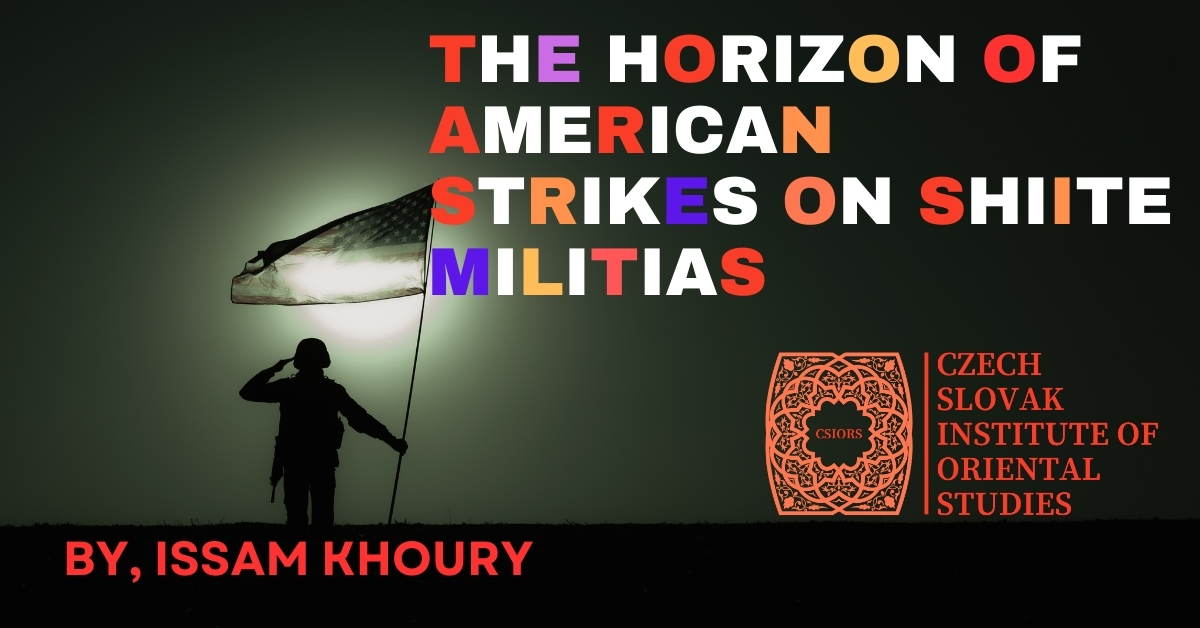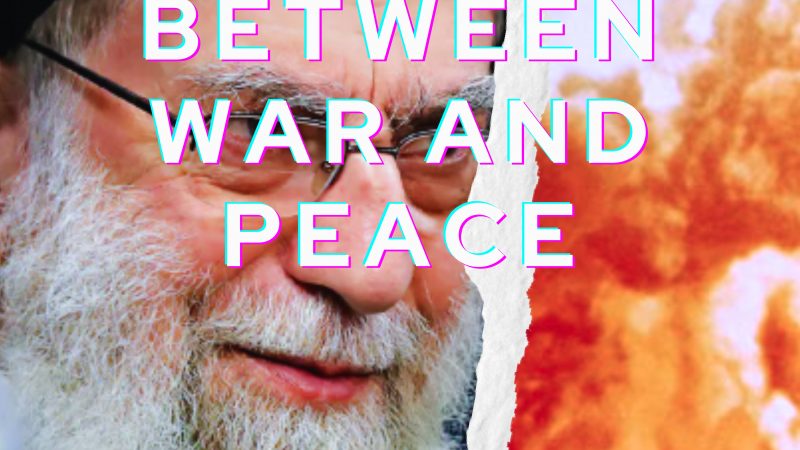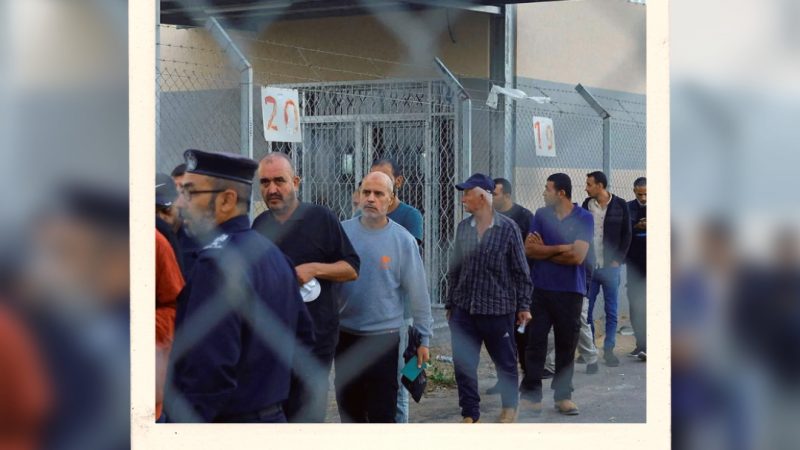The horizon of American strikes on Shiite militias

By, Issam Khoury
CSIORS, Feb 2024
Researcher Charles Lister[1] published an article on January 24, 2024, titled “America Is Planning to Withdraw From Syria—and Create a Disaster,”[2] in which he stated that the White House is not interested in continuing the missions of American forces in Syria, based on information from four sources within the Defense and State Departments.
This article caused a stir in Middle East-targeted media outlets, reminding readers and viewers of the peculiar American withdrawal from Afghanistan in 2021. Media outlets supported by Turkey and Iran were prominent promoters of this article. Turkey, impacted by the Syrian Democratic Forces, sees an opportunity to fill the void in northern Syria if the United States decides to stop backing the dominant Kurds along the long border between Syria and Turkey. Iran, affected by the American presence at the Tanf base, found an opportunity in the information in this article to promote the narrative that it is the main cause of the American withdrawal from the Middle East if it occurs.
Certainly, this media frenzy boosted the confidence of the Popular Mobilization Forces, leading to a significant operation on January 28, 2024, resulting in the killing of three American soldiers[3] and injuring 40 others at Tower 22 within Jordanian territory near the Syrian-Iraqi-Jordanian border triangle.
This operation took the Americans by surprise as it targeted them within Jordanian territory, indicating that the operations of the Iranian Revolutionary Guard and its proxies have extended beyond Syrian and Iraqi territories to other countries. This is undoubtedly a violation of international norms and a threat to Jordan’s national security and the regional security of the Middle East.
Since the establishment of the Islamic Republic of Iran, Tehran has shown little concern for the national security of neighboring countries. Instead, it has sought to spread its religious influence across neighboring Islamic countries, leading to the Iran-Iraq War. Following the U.S. invasion of Iraq, Tehran transformed Shiite extremists in those countries into military militias, with military strength surpassing that of the national armies in those countries. The Iraqi Popular Mobilization Forces have become part of the Iraqi army, operating independently from the Iraqi military command and instead following the absolute leadership of the Quds Force, a branch of the Iranian Revolutionary Guard.
In Lebanon, Hezbollah’s military wing has become a heavily armed force that the Lebanese army cannot match, relegating the Lebanese army to a security force akin to the police rather than its intended role of safeguarding the country from external threats. When the Houthi group took control of large areas in Yemen, they organized themselves as a state and posed a threat to global security by targeting commercial ships in the Bab el-Mandeb Strait.
These events are well-known to American voters, especially after the events of October 7, 2024, when Hamas, backed by Tehran, attacked Israeli settlements, resulting in the deaths of 1,160 Israelis and the kidnapping of 250 individuals. This led to Israeli airstrikes on Gaza, causing the deaths of over 27,200 Palestinians according to Hamas’s Ministry of Health statistics as of February 2024.
In response, the Biden administration executed military strikes on February 2, 2024, targeting 85 sites used by groups affiliated with the Quds Force of the Iranian Revolutionary Guard[4]. These strikes marked the beginning of a military response, as U.S. Defense Secretary Austin stated. Notably, the recent airstrikes were not solely carried out from U.S. bases in the Middle East but also involved U.S. Air Force B-1 bombers[5] to demonstrate military seriousness and target the Iranian Revolutionary Guard and affiliated militia sites. Despite the intensity of the military explosions, most casualties were not Iranians, as many key leaders of the Iranian Revolutionary Guard were participating in a religious celebration in Iran at the time.
It is clear from here that the Biden administration does not want to expand the war into Tehran before the American elections by months, nor does it want to directly kill important leaders of the Iranian Revolutionary Guard as President Donald Trump did when he killed Qasem Soleimani in 2020. The main goal of this administration is to undermine the reality of the Shia militias adjacent to American bases in the Middle East and to send a clear message to Tehran that our patience has limits. We are capable of hitting you in any location with our advanced missiles, but we will suffice by striking your proxies, and if you persist, you will see more.
The dilemma for Americans is that they deal with the Iranian regime within a policy of carrot and stick[6], aiming to incentivize it to be part of the international community, forgetting that this regime is a product of extremism and uses the same policy with Washington to solidify itself as a regional power in the Middle East!
Therefore, the optimal choice for Washington may be to expand its airstrikes on the Syrian-Iraqi border and push the Syrian Democratic Forces and Arab groups led by Farid al-Qasim to fill the vacuum between the region extending from northeastern Syria to Tanf, aiming to create a safe zone governed by Syrians. Certainly, the Jordanian army and intelligence could be an Arab supporting element in this option, after their national security was violated in the attacks on January 28, 2024. This aligns with the Czech-Slovak Institute of Oriental Studies proposals in the “Parallel Zones Project[7]“ aimed at restoring stability on the Syrian-Iraqi borders.
[1] Charles R. Lister is Resident Fellow at the Middle East Institute in Washington DC. Previously, he was a visiting fellow at the Brookings Institution’s Doha Center, and head of the Middle East and North Africa section at IHS Jane’s Terrorism and Insurgency Centre.
[2] America Is Planning to Withdraw From Syria—and Create a Disaster/FP/ Jan 24, 2023
https://foreignpolicy.com/2024/01/24/america-is-planning-to-withdraw-from-syria-and-create-a-disaster/
[3] Three US soldiers killed were Sgt. William Jerome Rivers of Carrollton, Georgia; Spc. Kennedy Ladon Sanders of Waycross, Georgia; and Spc. Breonna Alexsondria Moffett of Savannah, Georgia. All three were assigned to the 718th Engineer Company, 926th Engineer Battalion, 926th Engineer Brigade, Fort Moore, Georgia.
3 U.S. Service Members Killed, Others Injured in Jordan Following Drone Attack/ Jan. 29, 2024 | By C. Todd Lopez , DOD News
https://www.defense.gov/News/News-Stories/Article/Article/3659809/3-us-service-members-killed-others-injured-in-jordan-following-drone-attack
[4] U.S. Strikes Targets in Iraq and Syria in Response to Deadly Drone Attack/ Feb. 2, 2024/ By Joseph Clark , DOD News
https://www.defense.gov/News/News-Stories/Article/Article/3665734/us-strikes-targets-in-iraq-and-syria-in-response-to-deadly-drone-attack
[5] U.S. Bombers Carry Out Retaliatory Strikes on Iran’s IRGC And Affiliated Militias In Iraq And Syria/ DAVID CENCIOTTI/ Feb02, 2024/ The Aviationist.
[6] Carrot and stick motivation is a motivational approach that involves offering a “carrot” (a reward—for good behavior) and a “stick” (a negative consequence for poor behavior). It motivates staff by creating actionable goals and desirable rewards for employees who can alter their behavior and performance.
[7] Parallel Zones Project/ “The border control strategy”/ By, Issam Khoury, June07, 2023
https://www.csiors.org/blog-detail/post/192671/parallel-zones-project


